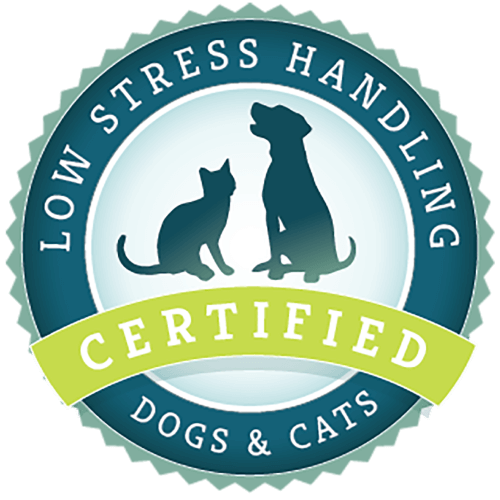What article are you looking for?
Recent Articles
The MannersMinder is Now Rebranded as the Treat & Train®
What would you do if a top-notch electronics gadget company called you up and asked you to help them develop a second rate dog product? If you are like me, you’d tell them their idea wasn’t that great and then pitch some ideas for cool dog products that you’d want to use yourself. That’s what I did in 2003 when the Sharper Image contacted me for assistance. To my surprise they gave a thumbs up. A year later, after two research experiments testing the product and training program out, the Treat&Train® Dog Training System was launched. If you got one
Thundershirt® Allows Cat to have a Positive Veterinary Hospital Visit
Whether your cat’s as shy in public as a student with stage fright, or enjoys being the center of attention, chances are still good that a trip to the veterinary hospital has him retreating into his shell. According to the Bayer veterinary care usage study funded by Bayer HealthCare LLC, Animal Health Division, fear and stress prompt 39% of owners to take their cats to the vet hospital only in cases of emergencies, and 37.6% of owners feel stressed just thinking about going to the vet. This fear of veterinary visits can be prevented early on by proactively providing kittens with many
Reactive Dog: Moving Past Distractions on a Walk
Angry Dog Question: My dog loves to jump on people and dogs who pass by. He’s friendly, but often dogs and people aren’t appreciative. Once he even tripped a jogger. He’s ok if we can get 10 feet away but sometimes we can’t get far away. What should we do? Answer: If you already know the patterns for keeping your dog focused on you and can perform these in the presence of distractions relatively close by, you’re 80% there. Here are examples of how you can apply these exercises to situations where you see a human or dog approaching on
Reactive Dog: Foundation Exercises for Your Leash-Reactive Dog
Question: My dog knows how to walk on leash but when he sees a cat that he wants to chase or a dog he doesn’t like, he goes bonkers, lunging and barking, and I can barely control him. I try to use treats to get his attention but it doesn’t work. Is there anything else I should do? Answer: You might think the answer is that if you try treats and they don’t work you should move to a method that’s more severe, such as yanking with a choke chain or pinch collar or something so aversive that it makes
Adopting a Dog: Some Dogs are Easier Than Others
Have you heard this statement from so many people that it seems like it’s an epidemic? “We had a Labrador mix when I was a kid and he was perfect. How come our new dog is so much harder? Is it the inbreeding?” Or does the statement go more like this, “We got Lucky from the shelter and she’s so calm. Then we adopted Nero 2 years later as a playmate for her. He’s the same breed and age that she is, but he’s just hyper and crazy! We don’t know what to do with him! The problem here is
My Dog Knows Some Walking Exercises: How to Incorporate Them Into a Walk
You’ve already learned a number of exercises that are important for taking your dog on a walk. You’ve learned the following foundation exercises: Repeat sits backwards which you can use to first get your dog focused on you and also when there are big distractions such as people your dog wants to leap towards and jump on. (Watch Say Please By Sitting) Repeat sits on the left side (heel side) to turn running and suddenly stopping and sitting into a game. Proper speed to walk to help your dog understand where you want him to go as well as
Looking for certifications instead?

Low Stress Handling® Silver-Level Certification
Individual Certification at this level demonstrates to clients and employers the individual’s dedicated interest in Low Stress Handling®. Hospital Certification at this level demonstrates to clients and staff the hospital’s commitment to appropriately training staff in Low Stress Handling® methods.
Learn More
